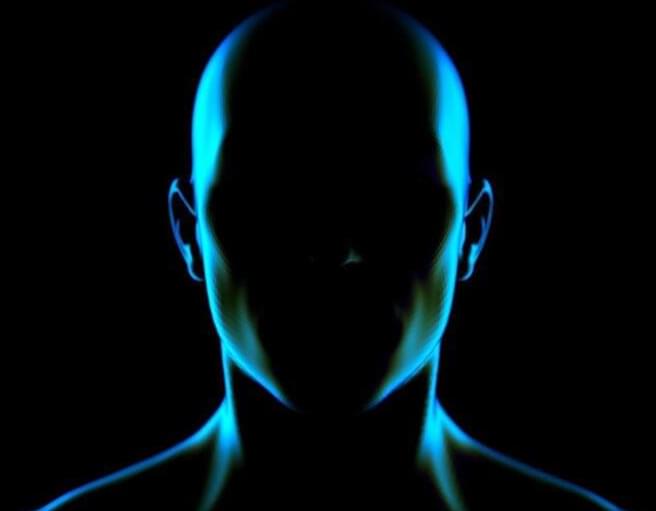Spacefaring nations have been dumping their junk in the area around the Pacific Ocean’s Point Nemo, the most remote place on Earth, since the 1970s.


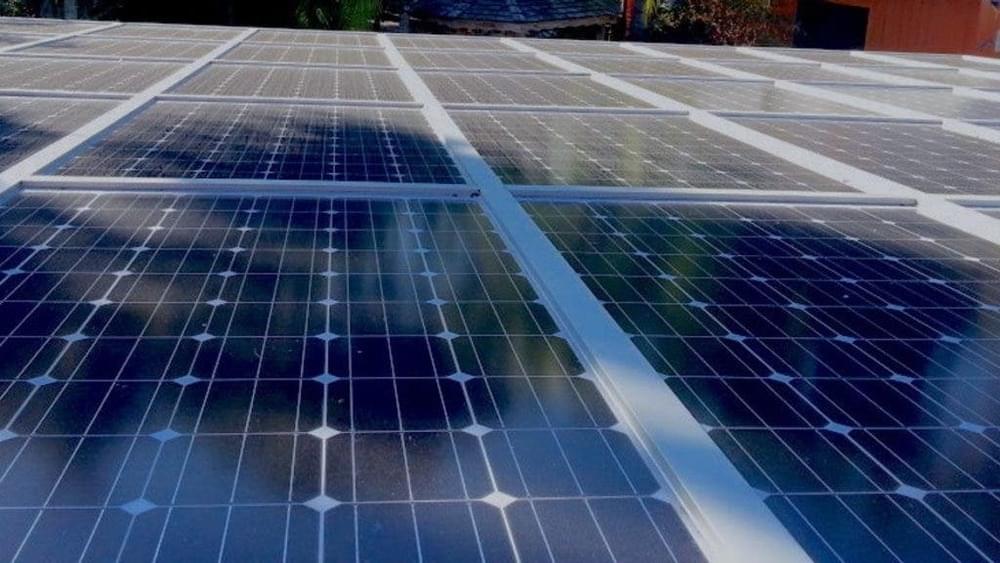
By Helen O’Shea
On a windy, bright day in Lemoore, California another 250 megawatts of clean power was added to California’s energy mix with the dedication of the Aquamarine Solar Project. There are many new solar projects coming online across the country these days, but the Aquamarine project is notable for its innovative development model — it’s part of a 20,000-acre master-planned solar park on fallowed and salt-contaminated agricultural lands in the Westlands Water District in California’s Central Valley.
Disturbed lands farmed for years with no residual habitat value are the perfect place to locate utility-scale solar projects. In 2016 these lands, among many others, were identified as suitable for development by a diverse group of stakeholders through the San Joaquin Valley Least Conflict Solar Planning exercise.
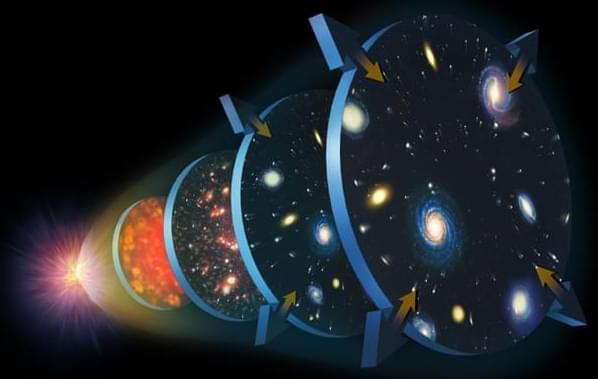
A 19-year-old has turned down the offer of a free Tesla Model 3 in return for deleting his Twitter account which tracks the location of Elon Musk’s private jet.
College freshman Jack Sweeney manages a Twitter account called @ElonJet which tracks the aircraft using bots to detect air traffic data.
Musk had previously asked for Sweeney to take the account down earlier in the fall in exchange for $5,000 but he ultimately refused and asked for an internship instead, he previously told DailyMail.com.
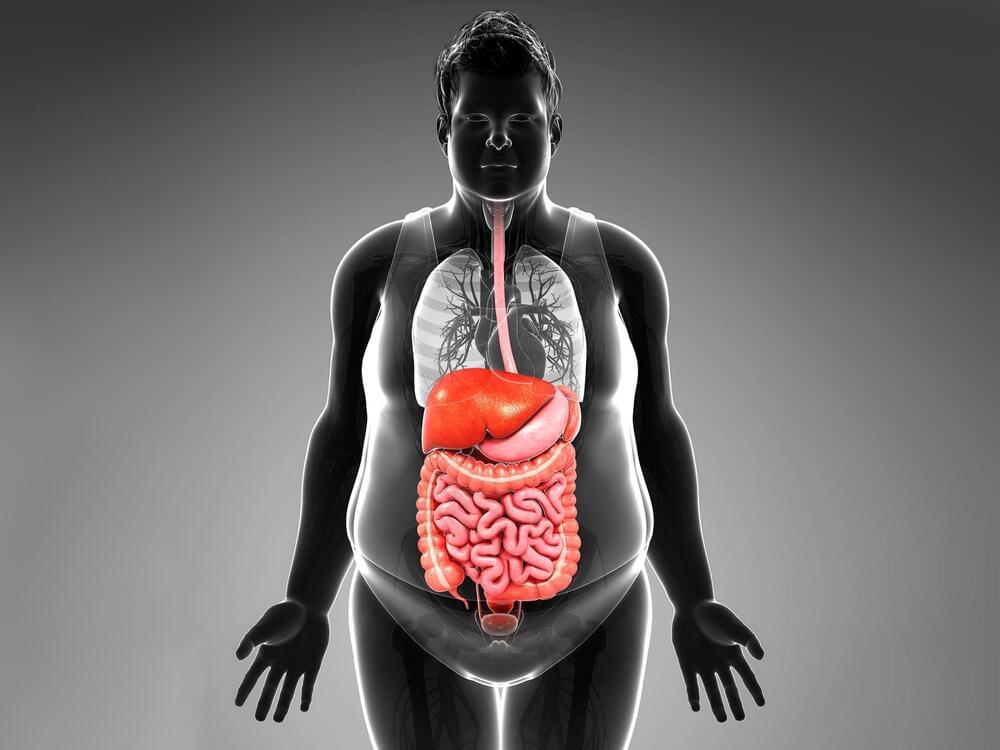
What exactly is Obesity?
Obesity is known to cause cardiometabolic diseases like hypertension and diabetes but attributing these diseases to merely an overabundance of fat is a simplification. On a basic level, fat acts as a receptacle to store energy, but upon a closer look it is an essential actor in vital bodily processes like the immune response, the regulation of insulin sensitivity, and maintenance of body temperature. In a review published in the journal Cell on February 3rd, 2022, researchers argue that the negative health effects of obesity stem not simply from an excess of fat but from the decline in its ability to respond to changes, or in other words, its plasticity.
The makeup and functioning of this tissue changes in response to weight fluctuations and aging. As fat declines in plasticity due to aging and obesity, it loses its ability to respond to bodily cues. In the current model of this phenomenon, the rapid growth of adipose tissue outpaces its blood supply, depriving the fat cells of oxygen and causing the accumulation of cells that no longer divide. This leads to insulin resistance, inflammation, and cell death accompanied by the uncontrolled spill of lipids from these cells.


New South Wales has again received an overwhelming response from aspiring developers of wind, solar and storage projects, with more than 34GW of proposals for the South-West Renewable Energy Zone, more than 10 times its likely capacity.
The state government, through its newly formed Energy Corporation of NSW, ran a registration of interest process in October and November for the south-west region, one of at least five REZs planned to help replace the ageing coal fleet over the coming decade.
“There were 49 registrations totalling over 34 gigawatts from potential generation and storage projects – thirteen times the intended capacity for the South-West REZ, which will be no less than 2.5 gigawatts,” James Hay, the CEO of Energy Corp, said in a statement on Friday.
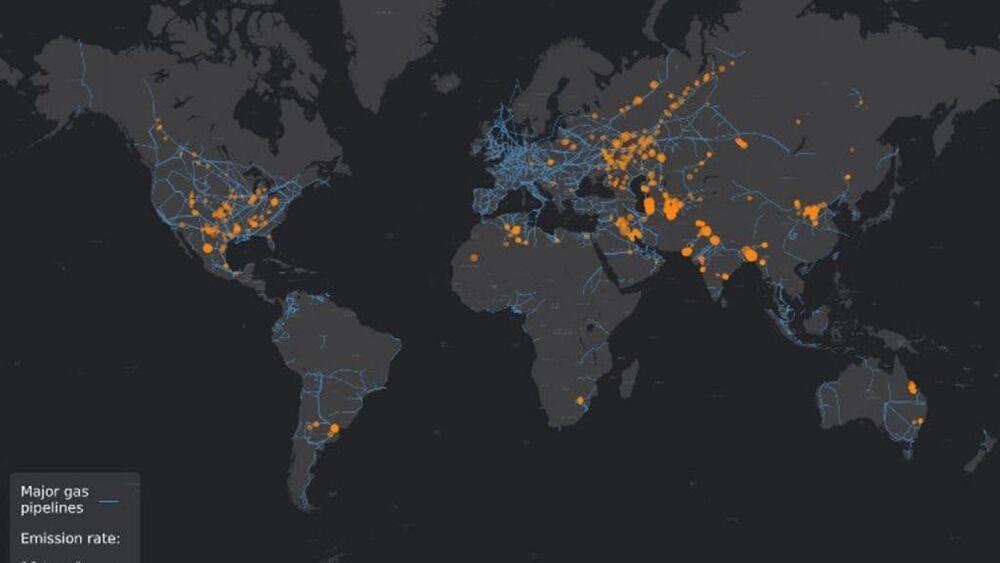
An international study involving researchers from CNRS and CEA as well as the company Kayrros reveals hundreds of major methane leaks linked to the global exploitation of oil and gas. Scientists show that their mitigation would lead to climatic and economic benefits amounting to billions of dollars for the main hydrocarbon producing countries. This work is published on February 4, 2022 in the journal Science.
Original press release published on CEA.
A major contributor to climate change, methane (CH 4) has a warming potential over 100 years approximately 30 times greater than that of CO 2. A quarter of anthropogenic emissions of this greenhouse gas come from the global exploitation of coal, oil and natural gas, of which CH4 is the main component. In 2018, a study had already exposed, based on the case of the United States, the vast underestimation in official inventories of emissions related to the extraction and distribution of oil and gas. A discrepancy which could be explained by sporadic undeclared releases of large quantities of methane by operators in the sector.
